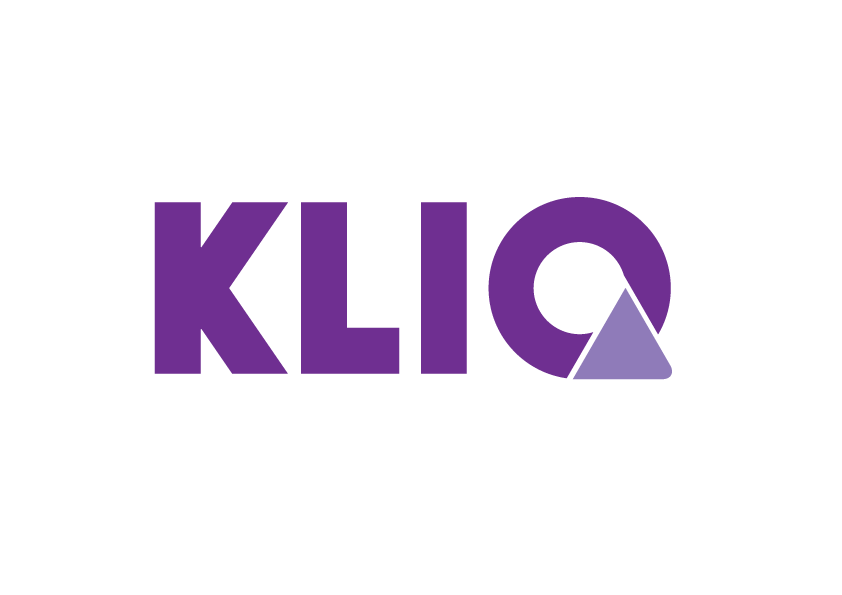Module 1 - General knowledge & awareness
Diversity is everywhere
2 Topics
Equal treatment = equal outcome?
3 Topics
Legislation
2 Topics
Module 2 - plan(t) your policy
Plan(t) your policy
1 Topic
General policy
4 Topics
Internal & external communication
4 Topics
Human resources policy
4 Topics
Leadership
4 Topics
Diversity networks
5 Topics
module 3 - lgbti+- friendly HR policy
Deep democracy
Watch this video on the importance of listening to all voices.
Deep democracy is a method to include a minority vote into a majority decision.
Some takeaways from the video on deep democracy;
To make a quick and efficent decidion;
- one can vote. (For example: who prefers option A, who prefers option B?)
- The majority votes for option A, so option A it is. This is a democratic decision.
- But the minority who prefered option B is unhappy about this decision.
- On thop there were some who prefered option C, R, Q,…
- a leader can also impose a decision.
In the short term, the above strategies of decision-making may seem useful, but the voices that were not heard do not disappear. In the long term, we will see negative consequences…
- When certain opinions or ideas are not allowed to be expressed, people start to feel unsafe.
- The wisdom that was between all the different opinions was not exploited.
- Gossib, sabotage, cynicism and arguments are signs that there is something important that cannot be said.
In deep democracy, on the other hand, all voices can be heard and each other’s ideas are built onso that all ideas of employees are optimally involved in the process of decision-making.
Reflection exercise
- Did this video seem familiar to you?
- Have you ever experienced a situation at work when the group made a decision and you had a different idea?
- Did you put your idea on the table? Why? Why not?
- What were you hoping for?
- How did others react to your suggestion? How did that make you feel?
- Was your idea taken into account? How did that make you feel?
- What was the outcome of this train of thought?
- Does your organisation and/or team apply the deep democracy methodology?
Exercise: a framework for the future.
Try to raise a diversity and inclusion issue within you organisation.
- What is the problem?
- How did this question rise?
- Who is experiencing the problem?
- What are the needs?
- Are there other employees experiencing the same problem?
- What is the added value?
- Why do we want to offer a solution for the problem?
- What are possible solutions?
- Which solution will be chosen?
- How will we communicate this?
